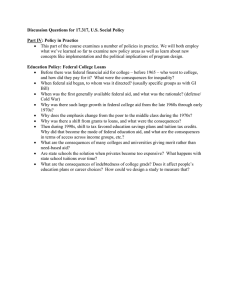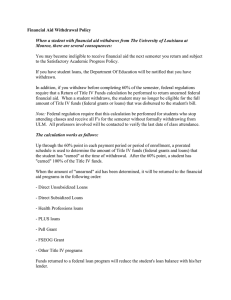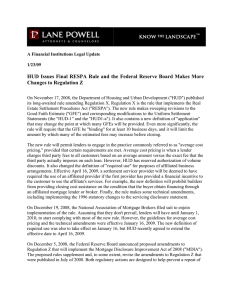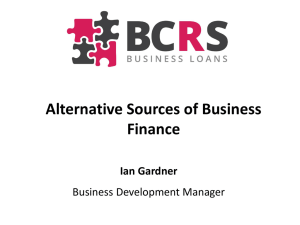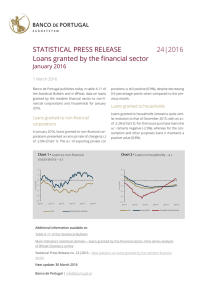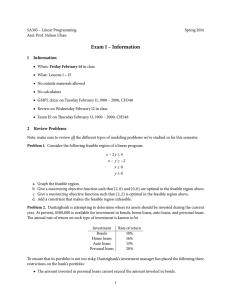Micro-enterprise development
advertisement
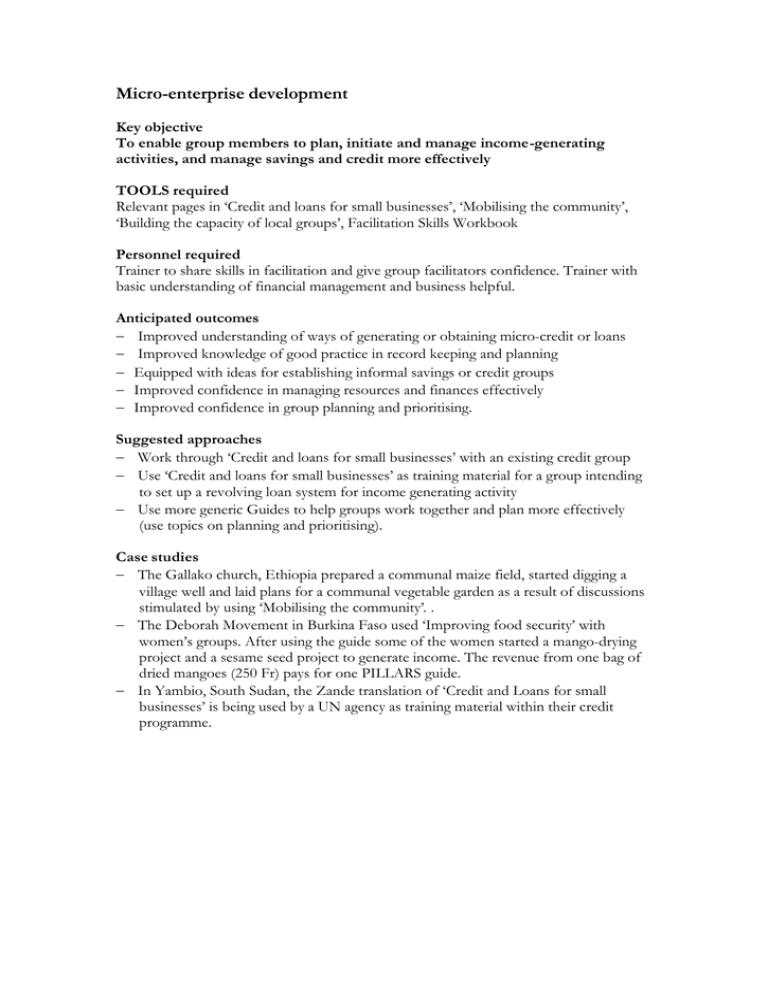
Micro-enterprise development Key objective To enable group members to plan, initiate and manage income-generating activities, and manage savings and credit more effectively TOOLS required Relevant pages in ‘Credit and loans for small businesses’, ‘Mobilising the community’, ‘Building the capacity of local groups’, Facilitation Skills Workbook Personnel required Trainer to share skills in facilitation and give group facilitators confidence. Trainer with basic understanding of financial management and business helpful. Anticipated outcomes − Improved understanding of ways of generating or obtaining micro-credit or loans − Improved knowledge of good practice in record keeping and planning − Equipped with ideas for establishing informal savings or credit groups − Improved confidence in managing resources and finances effectively − Improved confidence in group planning and prioritising. Suggested approaches − Work through ‘Credit and loans for small businesses’ with an existing credit group − Use ‘Credit and loans for small businesses’ as training material for a group intending to set up a revolving loan system for income generating activity − Use more generic Guides to help groups work together and plan more effectively (use topics on planning and prioritising). Case studies − The Gallako church, Ethiopia prepared a communal maize field, started digging a village well and laid plans for a communal vegetable garden as a result of discussions stimulated by using ‘Mobilising the community’. . − The Deborah Movement in Burkina Faso used ‘Improving food security’ with women’s groups. After using the guide some of the women started a mango-drying project and a sesame seed project to generate income. The revenue from one bag of dried mangoes (250 Fr) pays for one PILLARS guide. − In Yambio, South Sudan, the Zande translation of ‘Credit and Loans for small businesses’ is being used by a UN agency as training material within their credit programme.
